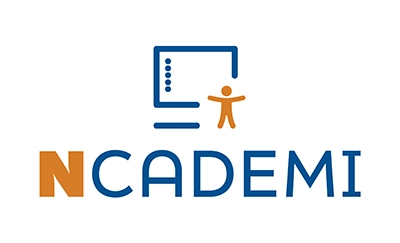Fast Facts for Parents & Caregivers
Download PDF – Fast Facts for Parents & Caregivers
Parents and caregivers play a key role in helping their children with disabilities get accessible educational materials (AEM).
- The Individuals with Disabilities Education Act (IDEA) requires schools to provide AEM—in a timely manner—for students who need them. IDEA is the federal law schools follow to provide Individualized Education Programs (IEPs).
- AEM isn’t just for IEPs! Providing AEM can be an accommodation under Section 504 of the Rehabilitation Act, as well.
- Parents, caregivers, and students should advocate for AEM when needed. Learning to advocate for their own needs is one of the most important lessons for a student when it comes to AEM!
- Providing AEM for a student doesn’t replace the need for specialized instruction or interventions.
- It’s never too early to think a child might need AEM. Services are appropriate during early intervention and early childhood education.
- When educational materials aren’t made accessible from the beginning, they can be changed to digital text, audio, large print, or braille.
- Educational materials are accessible when they’re usable by a student with a disability, contain the same information, and are provided at the same time as materials used by students without disabilities.
- Students and their families are an important part of the IEP team and should be consulted about their thoughts on the use of AEM.
- Providing a student with AEM is not enough—it’s important that the student learn how to use the materials, and that parents and caregivers learn, too.
- A student’s need for assistive technology might be an indication that they would benefit from the use of AEM.
